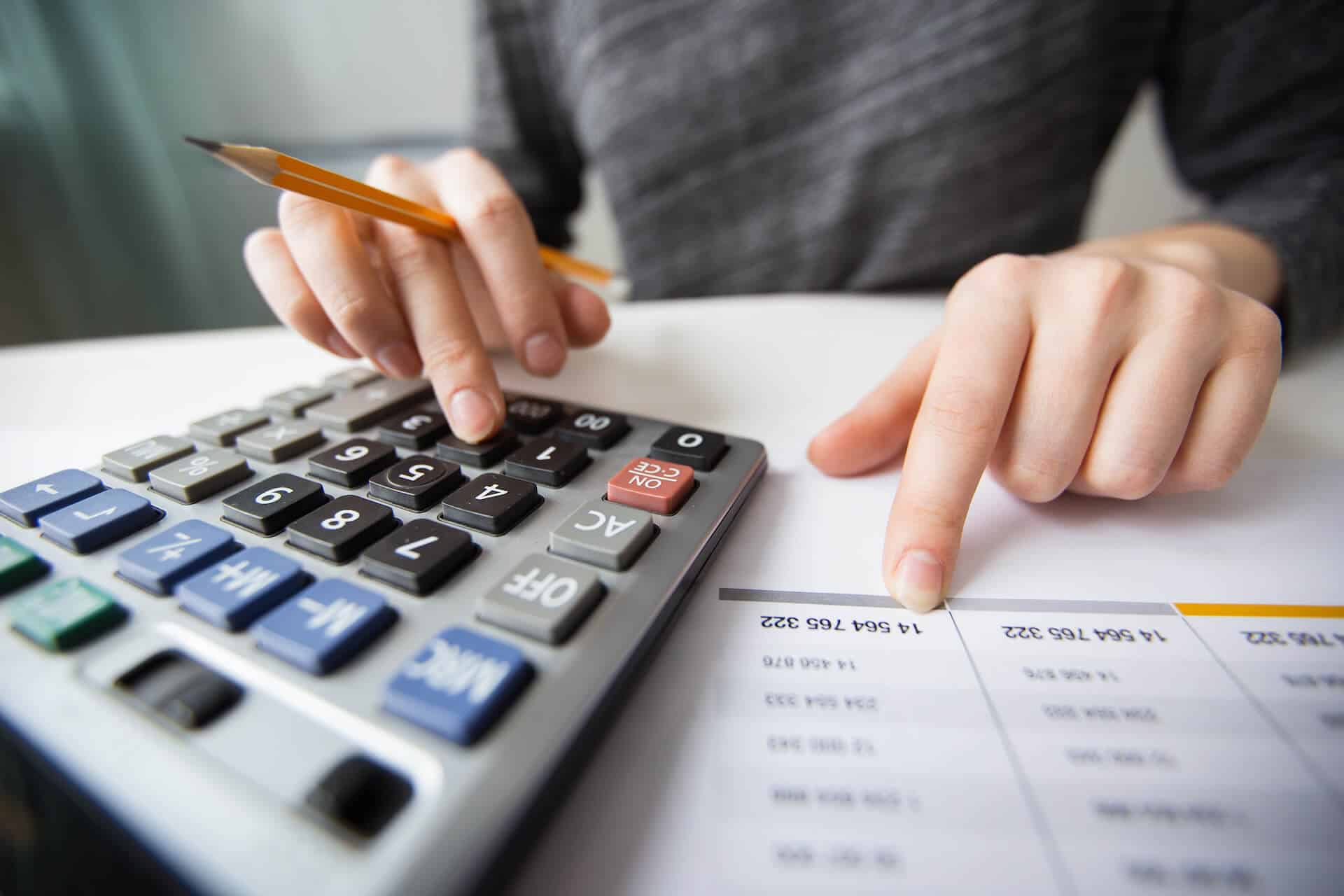World of finance and accounting is changing at an unprecedented rate. We all do understand it, but overlooks its speed, urge in practical.So, there is a need of experts who based on their vast experience and a systematic management approach transform complex nature of the subject of accounts into simple and makes students learn its concepts to improve odds of success in the exams.
Ledger is designated as a principal book for making entry and adding up all financial dealings measured in terms of the monetary unit of account by account type. A ledger summarizes the amount entered in the supporting Journals where the transactions are entered in the Journal date wise.The debit and credit of the transactions are entered in separate columns.
Classification of ledger homework answers can be best utilized by the students owing to the complexity of the accounting subject.
Classification of Ledger Homework Answers that student can avail:
The ledgers can be classified on the basis of types and nature of transactions. We can categorize these in five as follows:
- Capital Account
- Revenue Account
- Assets Account
- Liabilities Account &
- Expenses Account
This ledger account can be further grouped into two groups:
- Temporary Account
- Permanent Account
Capital Account: The capital account refers to the accounting of the financial assets or financial value of assets. The account consists of bookkeeping of deposit in the account, all the tangible assets which are owned such as building, machinery, equipment used in the production of goods in the environment such as manufacturing factories etc.The two major components of Balance of payments are Capital Account and Current account
Revenue Account: Revenue is one of the kinds of an asset to a firm. Revenue is earned during the business operations and business activities. Revenue includes those cash or receivables which are earned by selling the goods of the firm or providing services to the consumers/customers. Revenue is related to the day to day activities of the firm. Revenues are regular in nature. Any loan was taken or any other borrowings will not be count as revenue of the firm.
Revenue account is an account which shows the income earned by the firm in its day to day activities. Some of the revenues are such as interest earned on deposits, fees earned on loans, income from the sale of goods etc. All these are revenue accounts.
Assets Account: Any resource which is valuable either owned or held by the business and is measurable is called as an asset. An asset is anything which will enable a business to earn cash or get any kind of benefit in future.
An account which consists of all the assets is called an asset account. Asset account can be
Classified into following categories:
Fixed Assets: Fixed assets are those assets which are held by the business for a long period of  time. They are not meant for resale. Examples of fixed assets are land and building, plant and machinery, furniture etc.
Current Asset: Current assets are those assets which are meant for resale. It is short lived.
Such assets should be converted into cash within one year. For example debtors, stock etc.
Tangible and Intangible Assets: A tangible asset is physical in nature that can be touched and seen such as land, building etc. The intangible asset does not have physical nature such as patents and goodwill etc.
Wasting asset: These assets are non-renewable resources such as coal, oil etc. Wasting asset also comprises those assets which get used up with the passage of time.
Liability Account:Any kind of loan or borrowings come under liability account. Liability refers to the amount which the firm holds to the outsider which is payable in future. Liabilities is expressed as –
Liabilities = Asset- Capital
Liabilities are classified into two parts:
- Fixed Liabilities- Liabilities in which payments are made in a long period that is generally more than a year. For example, long-term loans and debentures.
- Current Liabilities- Liabilities in which payments are made in a short period of time generally under one year. For example, creditors, short term loans and outstanding expenses and so on.
Expenses Account: In the process of manufacture and selling of goods and services a firm incurs a cost which is referred to as expense account. It includes all expenses which are made by the firm in its day to day activities.
The Procedure of posting of opening entries- Best explained by Classification of Ledger Homework Answers:
All the asset account is debited in an opening entry; each asset account will be opened in the ledger. The posting is made on the debit side of the account by writing ‘To balance b/d’.
On the other hand, all the liabilities account will be credited in an opening entry, and each liabilities account will be opened in the ledger. Simultaneously, the posting is made on credit side by writing ‘by balance b/d’.
Hence, all the accounts relating to liabilities and assets will be opened in the ledger at the beginning by posting the opening entry.
How to avail the services of Online Classification of Ledger Homework Answers:
With the advent of affordable, and secure online homework answer providers it is now possible to break down the complex concepts into simpler easy to understand by the students. This surely helps eliminate the subjective issues of students enabling them to a progressive academic completion of homework or assignments with best, reliable and easy solutions.
 Online experts provide a greater transparency into what is working and what is not and collectively removes the stumbling blocks on part of students.
A student on the basis of requirement of their homework or assignment can contact by filling the online form of service providers of classification of ledger homework answers.
They can put their query and homework in the particular subject that will be answered by the professional experts within a span of time.

